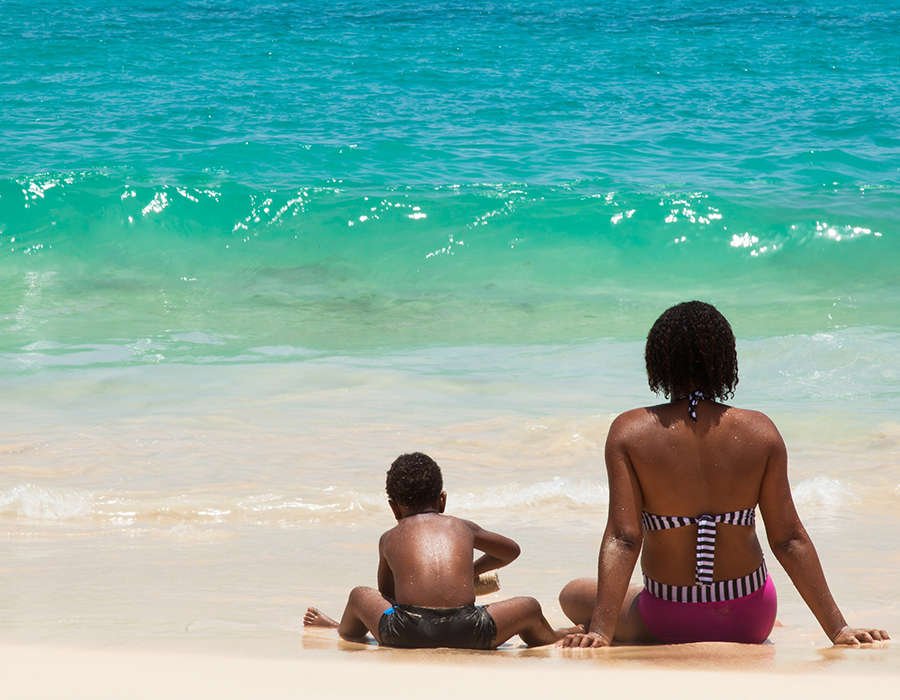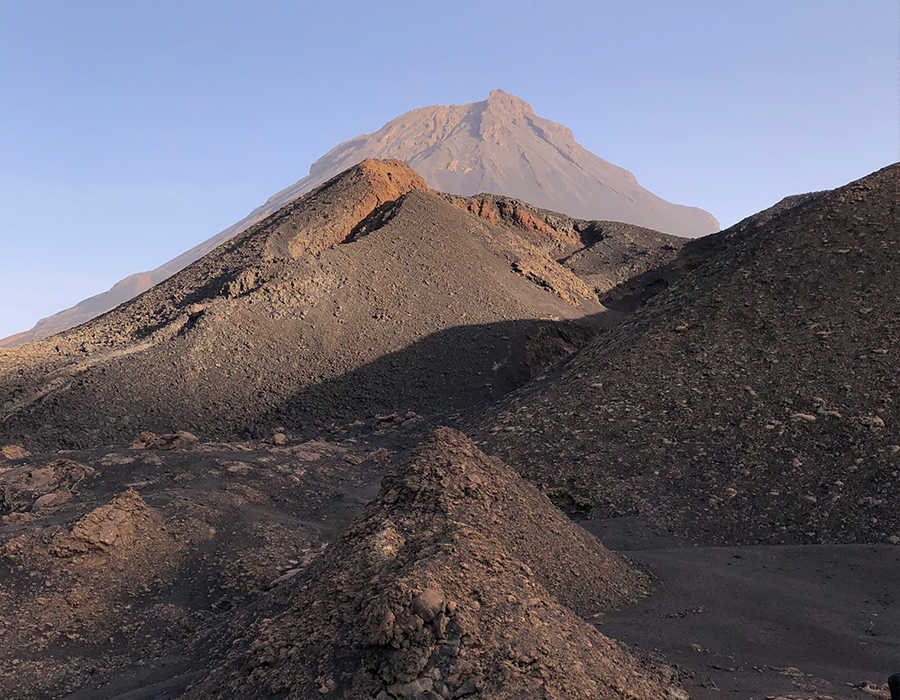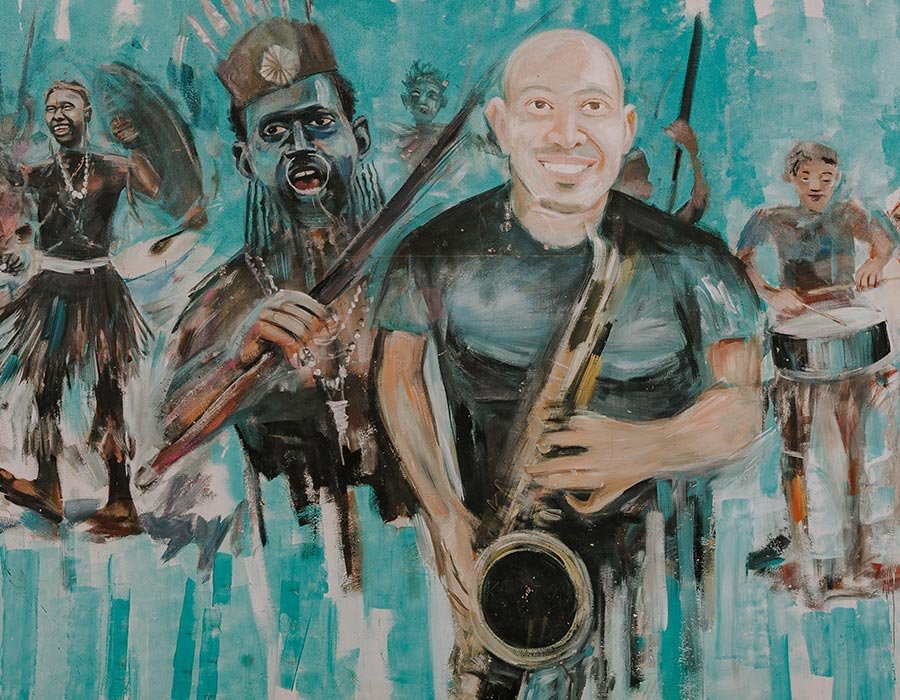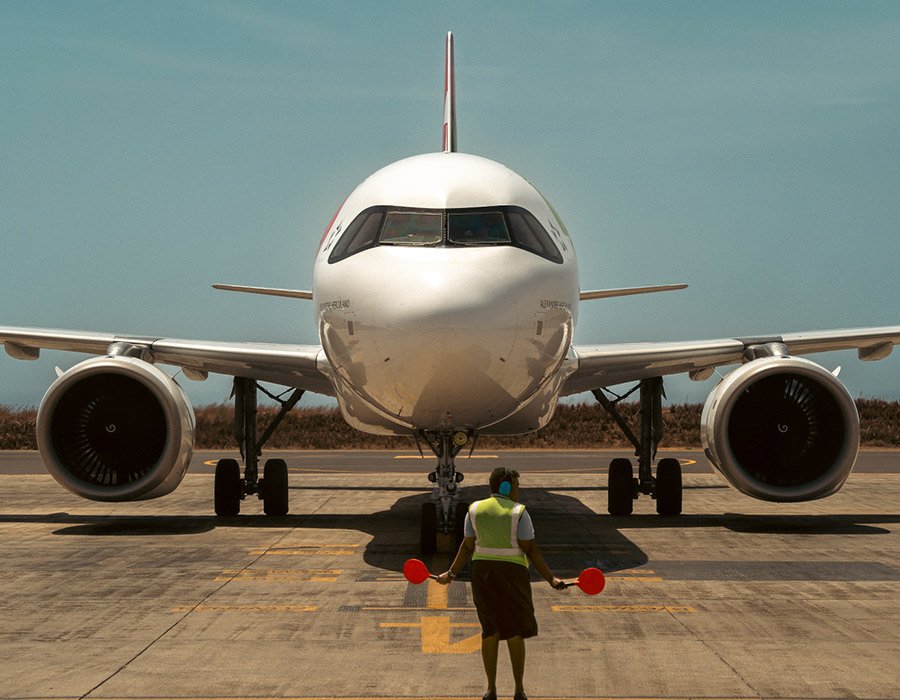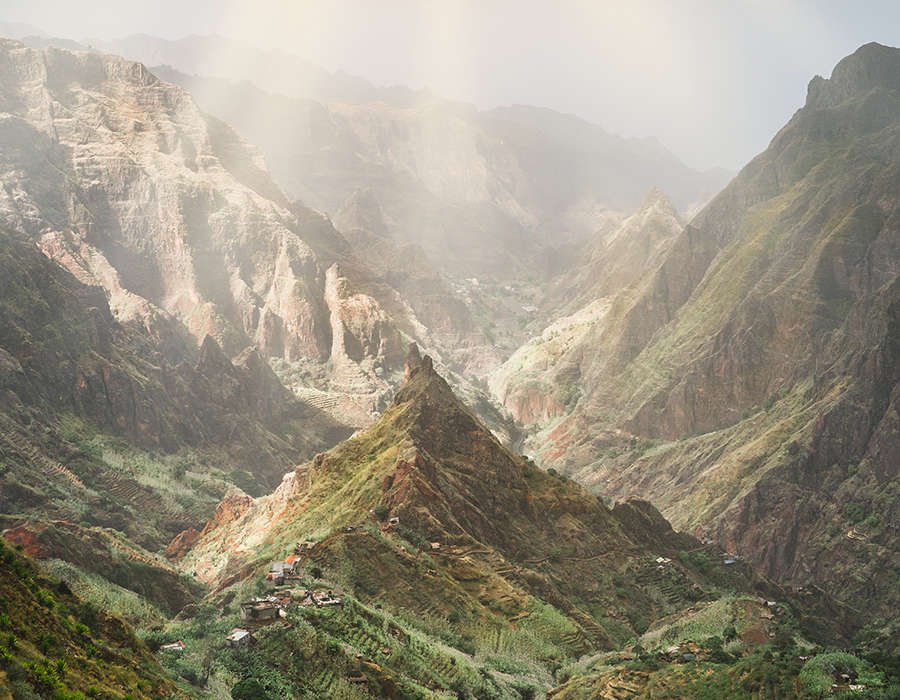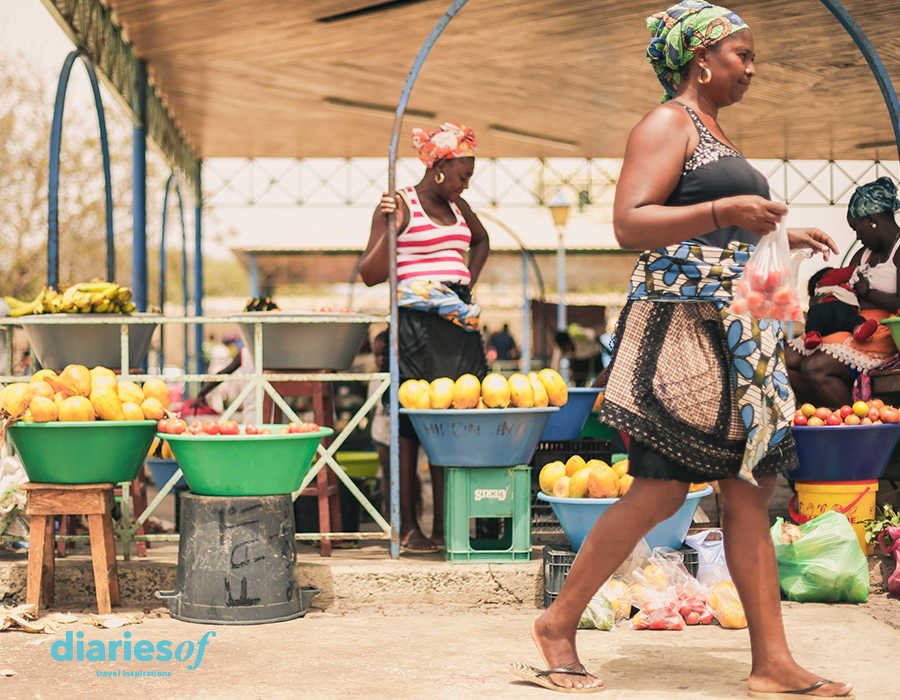Today we want to talk about the three uninhabited islands in Cape Verde, a unique place in the world that is far away from the hustle and bustle of human activity.
The Creole archipelago is made up of 10 islands and 3 islets.
To that end, we present you with a fantastic documentary about these desert islands: Santa Lucia, and the islets Branco and Raso. A very dynamic 30 minute production directed by Madalena Boto.
Let’s first get some quick historical context. When the first Portuguese explorers discovered the Cape Verde Islands in the mid-15th century, they found a totally uninhabited volcanic archipelago.
The presence of flora and fauna on these uninhabited islands in Cape Verde was out of this world.
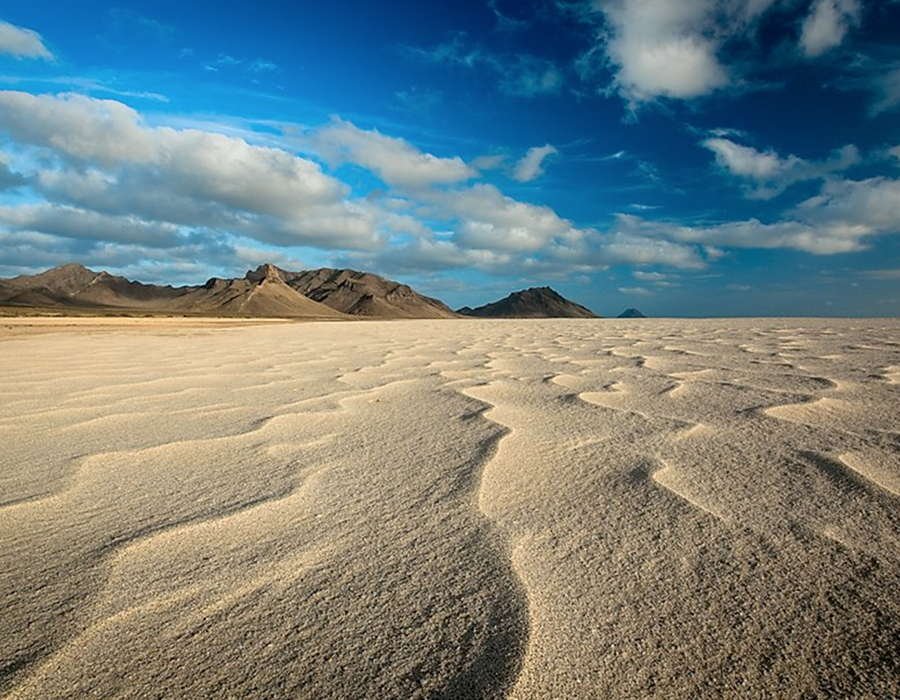
Coastal desert zone
Uninhabited islands in Cape Verde turn into original biosphere museums
Following colonization and its emergence as a strategic international port, the archipelago experienced significant population growth, leading to the founding of important cities such as Mindelo. Over generations, Cape Verde underwent a radical change in appearance with a clear tendency towards desertification of the landscape.
It should also be noted that although it has changed landscapes and habits on islands such as Sal or Boavista, the presence of tourism since the 1990s has had a very sustained and controlled growth.
So, simplifying a lot, we are at the present time, when we are struggling to recover some of the old landscapes, protect areas of ecological value and promote habits of respect towards the environment.
"One of the uninhabited islands in Cape Verde has an invasive predatory guest, do you know which one?"
As if it were not enough, three uninhabited islands in Cape Verde have been somewhat oblivious to the more than 5 centuries of human presence in the archipelago. Just a few dozen kilometers from Sao Vicente, 3 islands remain impassive, preserving most of their original landscapes. This group forms one of the most important natural reserves of the archipelago.
Desert islands, a lesson from history
Santa Lucia, the closest to Sao Vicente, has suffered several attempts to be populated throughout history, and this fact has left its mark on the island. One of the clearest examples is the presence of the wild cat, which, being an invasive species, became the first mammal to inhabit these lands.
The presence of this predator has led to the disappearance of many species of seabirds on the coast and lizards inland. Today, various biodiversity protection associations are working to reverse the situation.

Seabirds

Lizards
The opposite example would be the islet of Raso, the closest to the island of Sao Nicolau. Here, its cliffs facing the sea are home to thousands of seabirds, in contrast to its interior. A desert that could serve as a film set for movies about the planet Mars.
In the rainy season, if there is any, it is impressive to see the change of colors that the landscapes experience, going from an arid light brown to an intense green in a matter of hours and days. Life in these inhospitable places has no time to waste.
The truth is, there are no words that can match the visuals of this report, so without further ado we leave you with it. Biodiversity, first hand testimonies, unpublished images and species never seen before in the uninhabited islands of Cape Verde.










